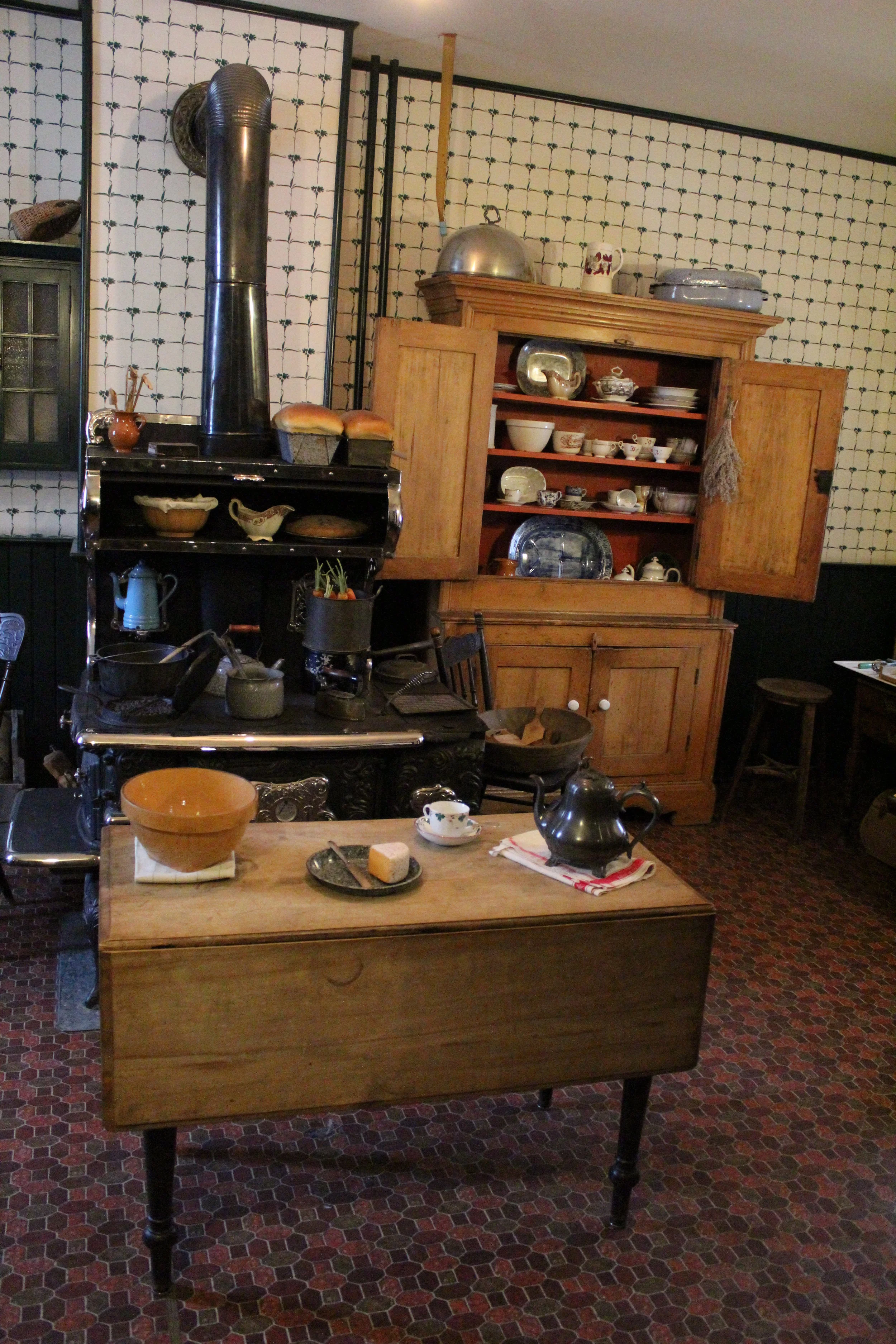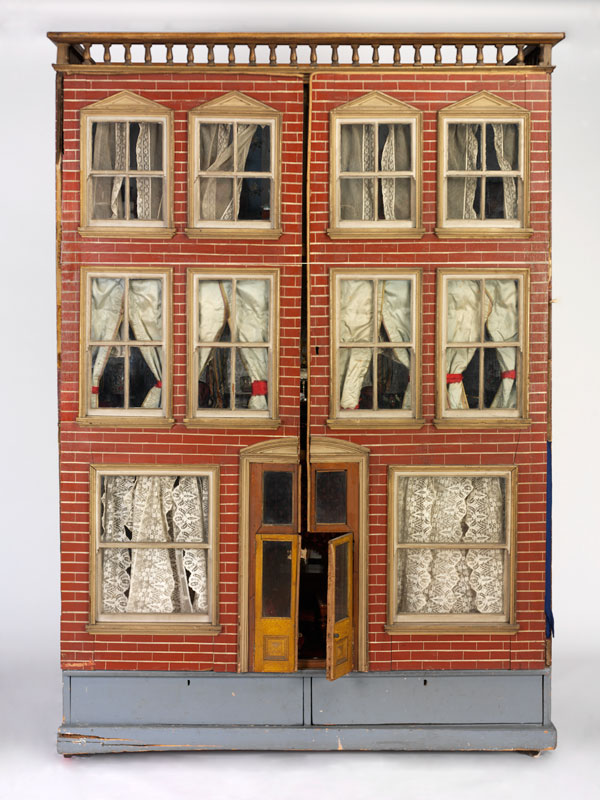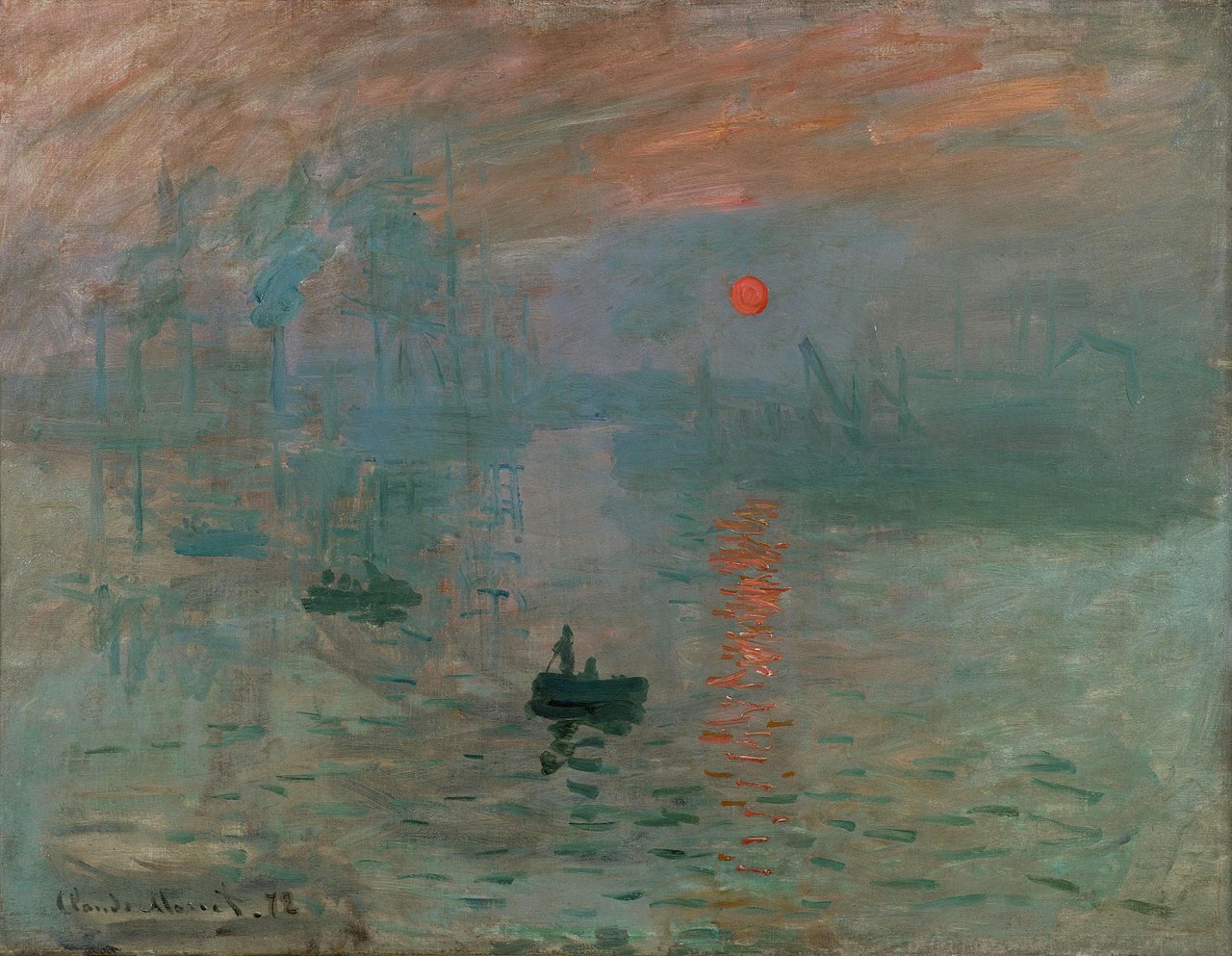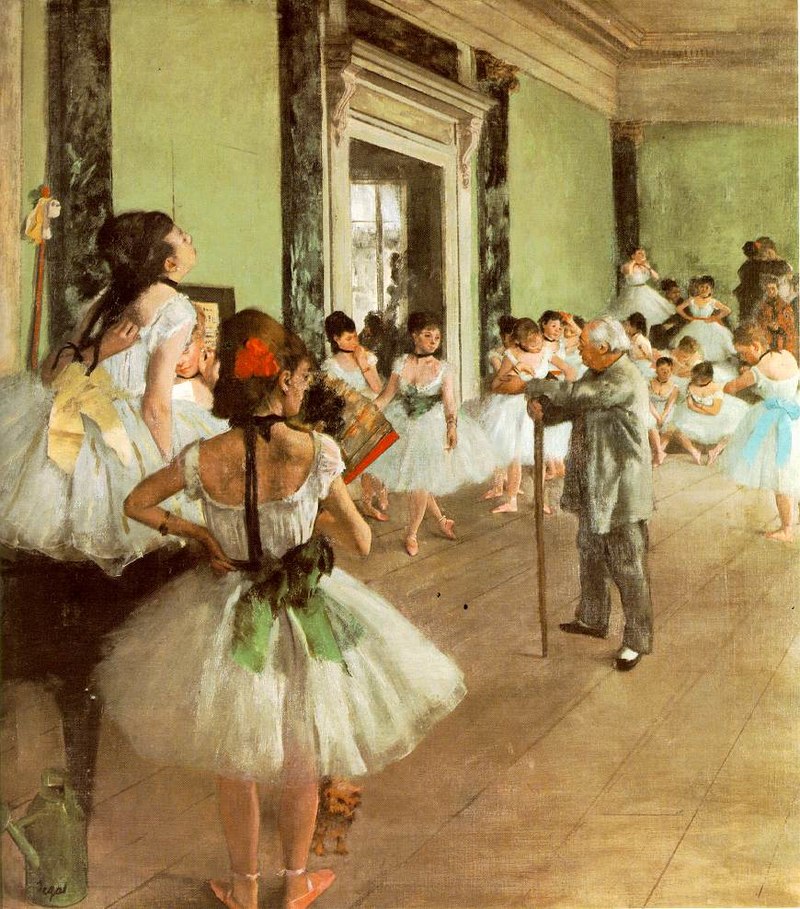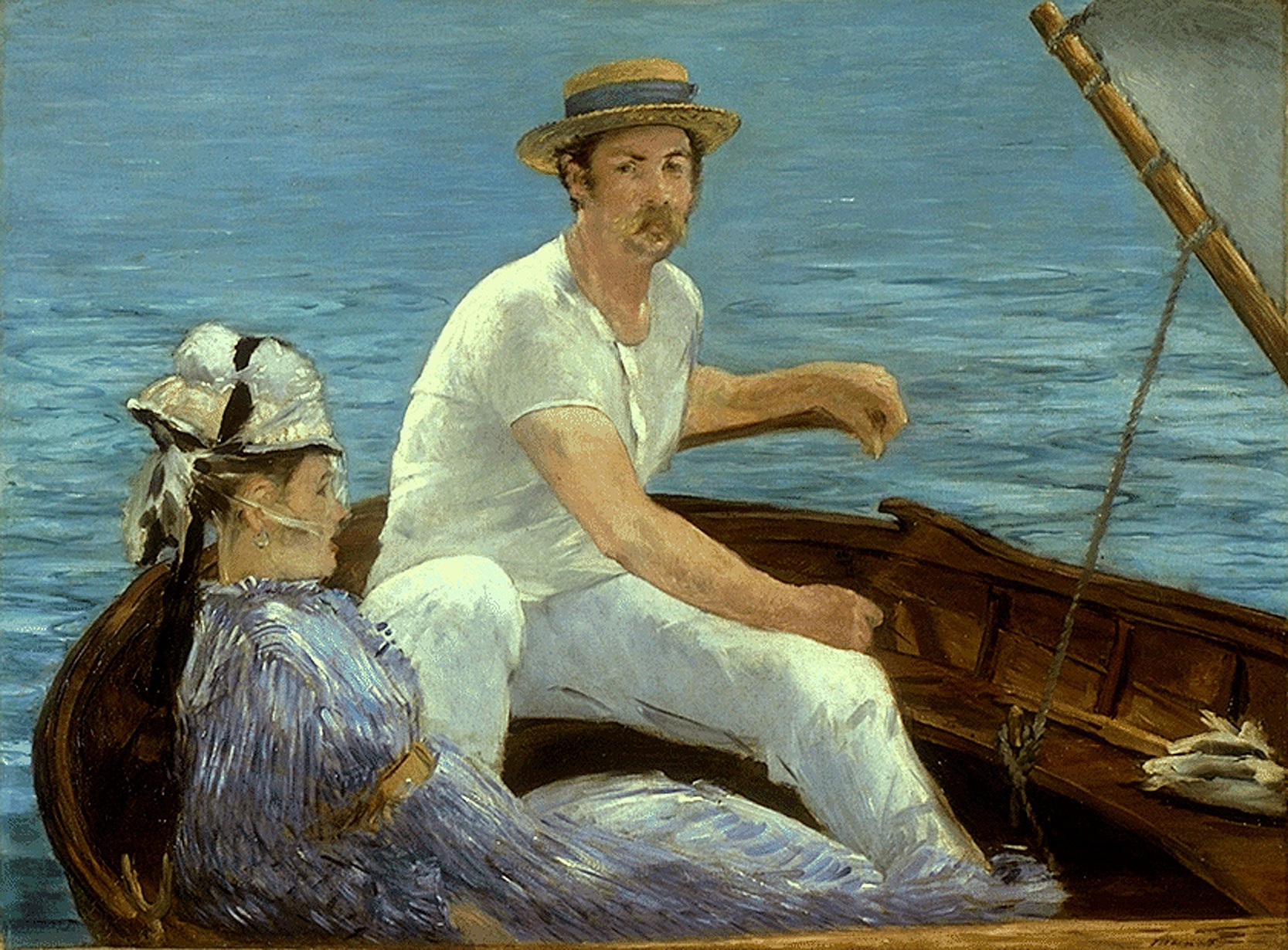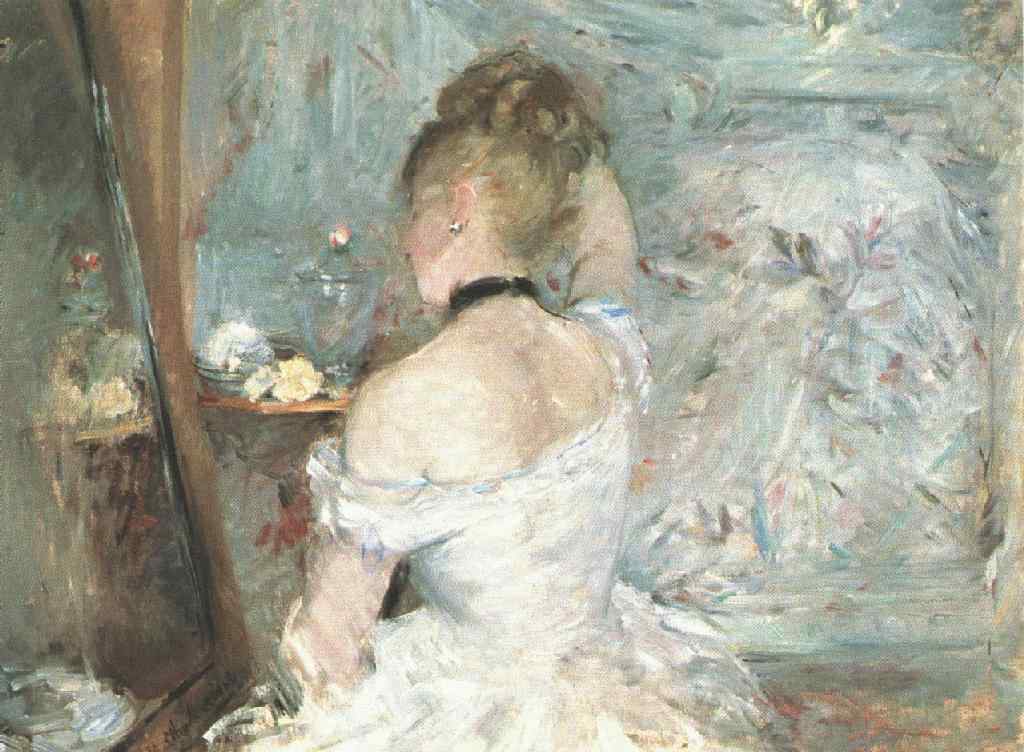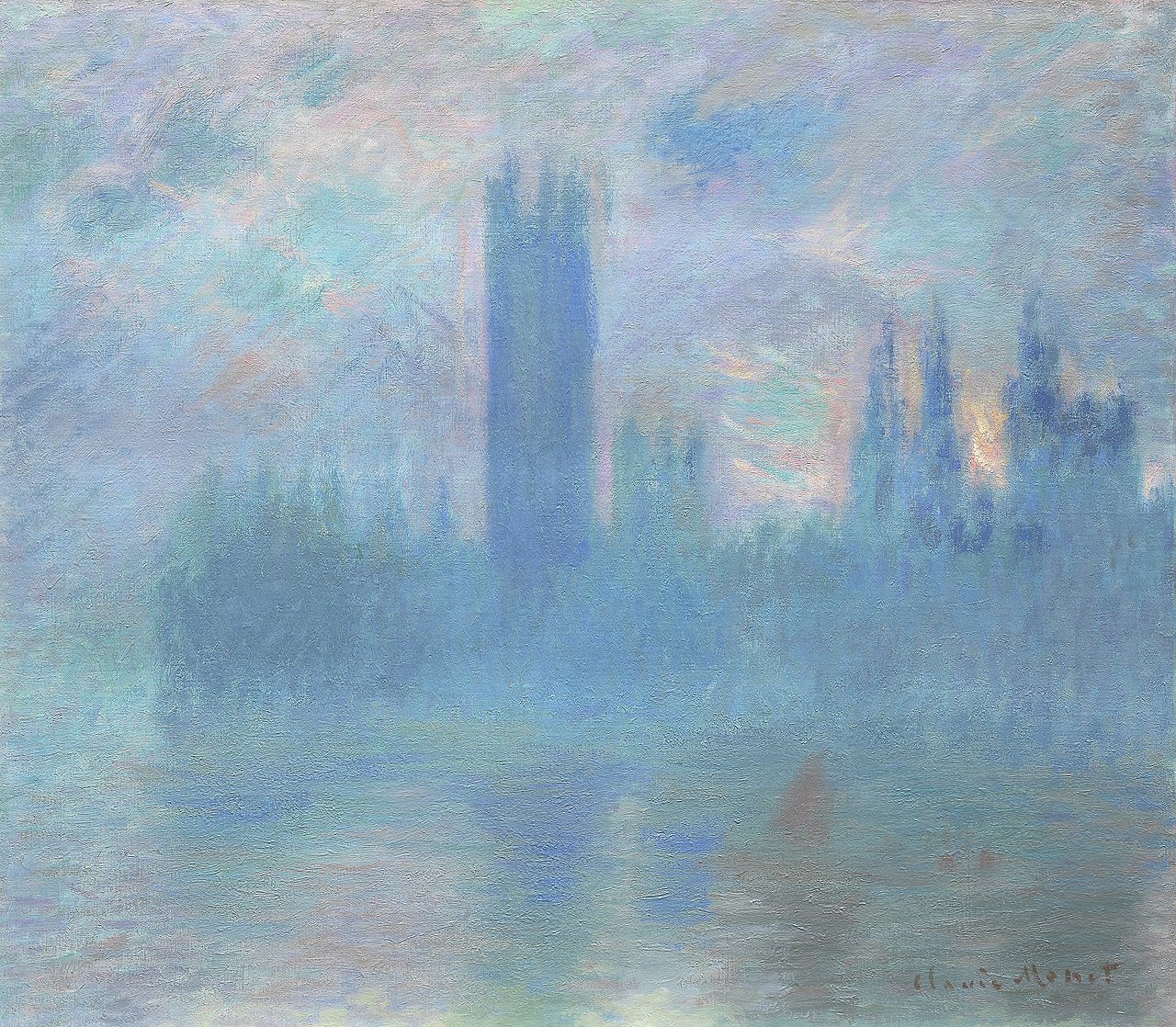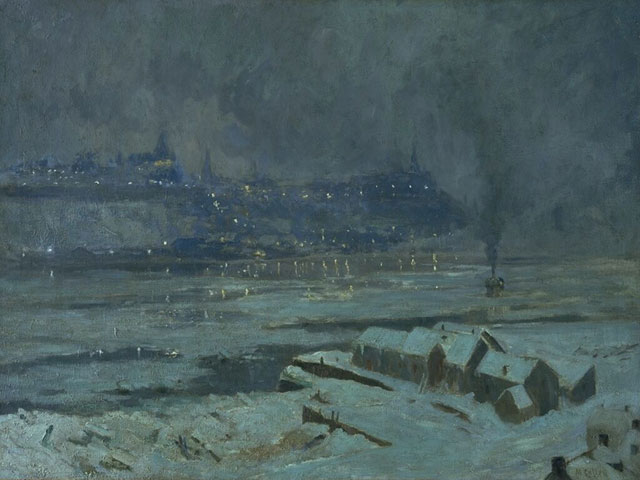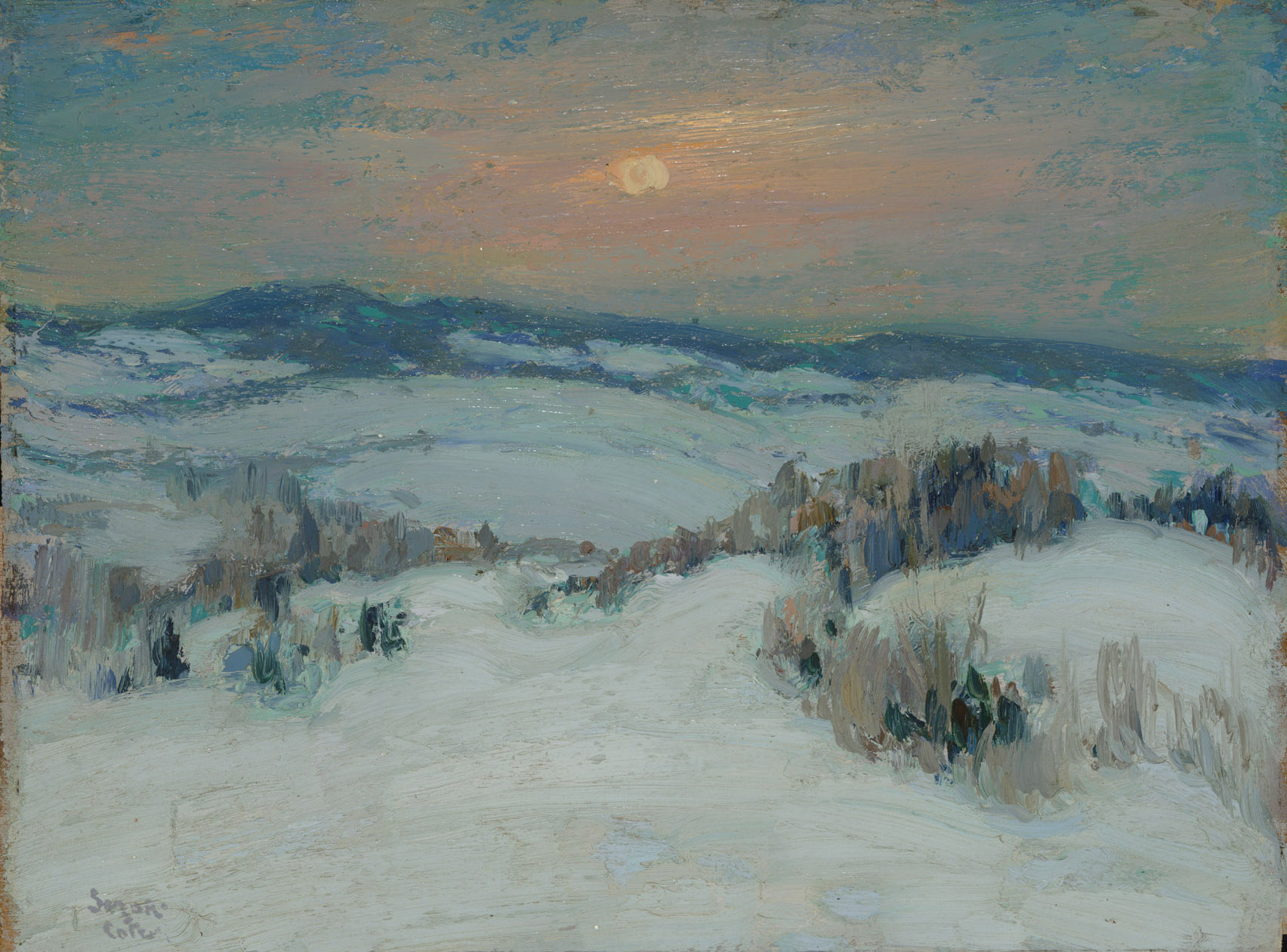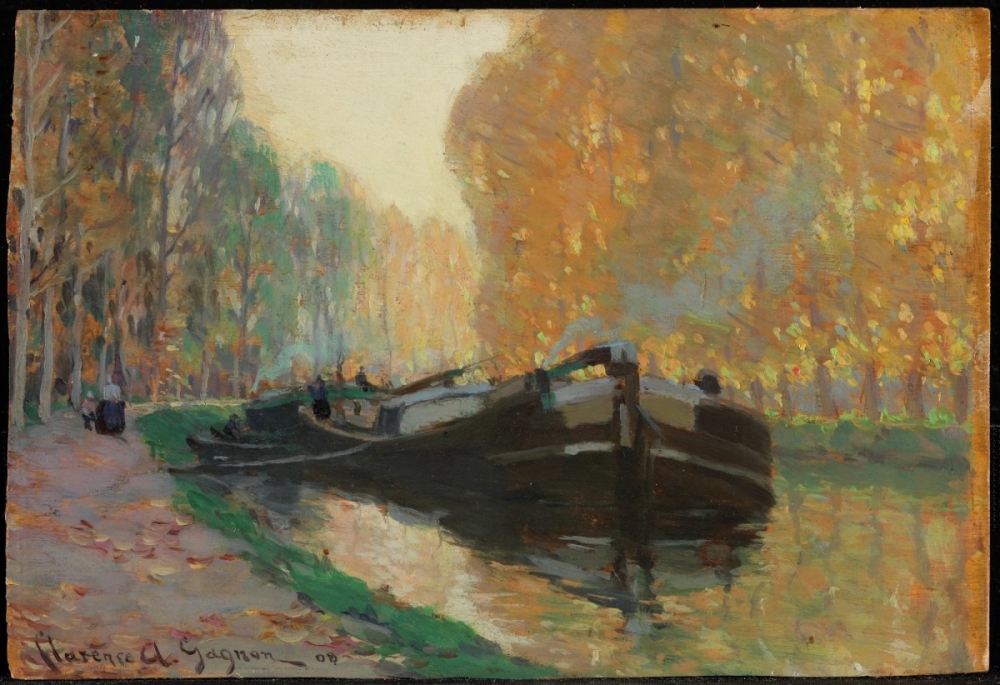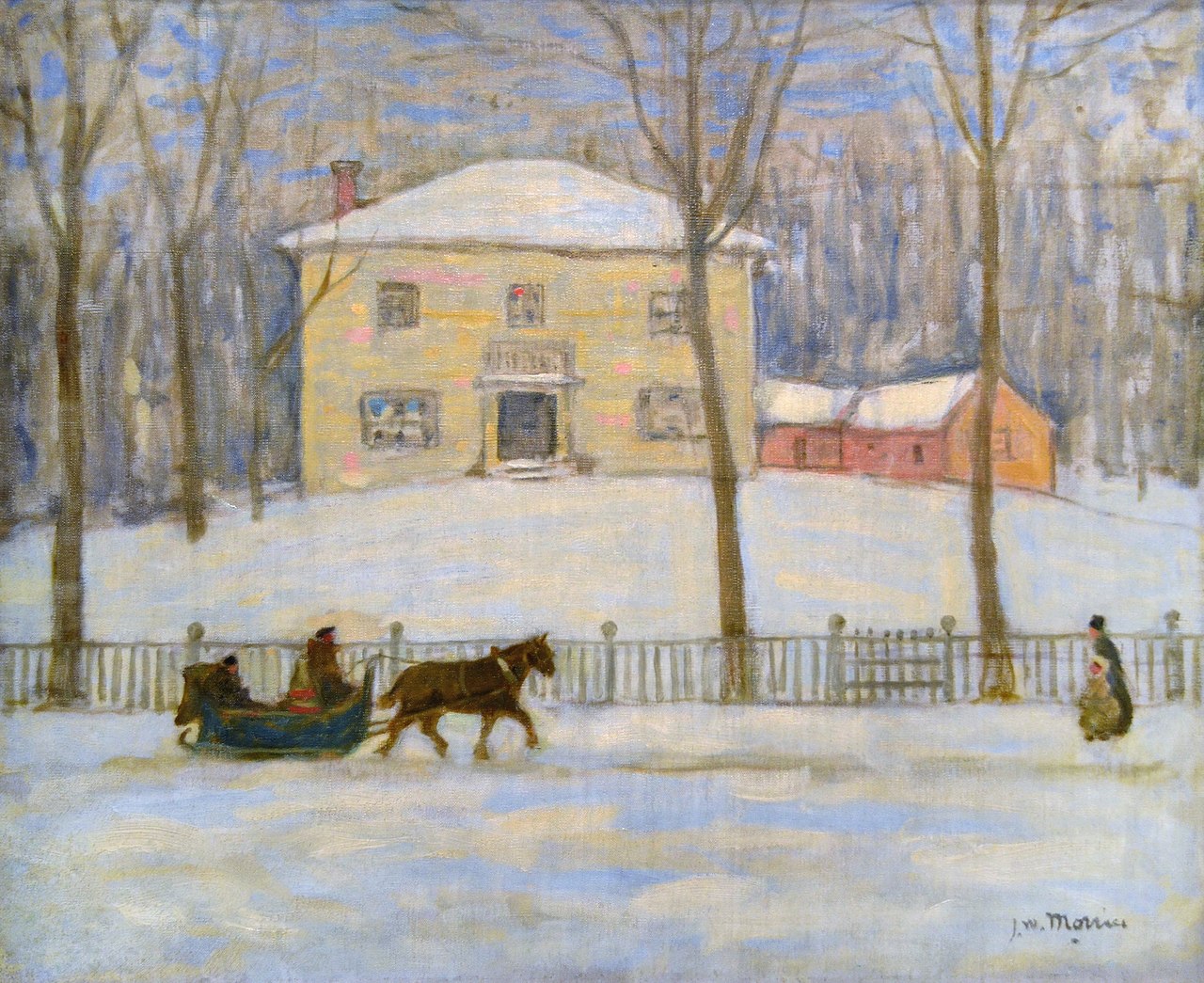I COUNT ONLY THE SUNNY HOURS:
Sundial mottos from humorous to darkness
Compiled by Charlene Van Buekenhout from our friends at Wikipedia!
Sunny days are up ahead, and that’s good news for a sundial.
In honour of the upcoming clock talk “A Brief History of Time (Keeping)” on Sunday April 7th at 1:30 pm with Alexandra Kroeger, here is a list of some of our favourite mottos that are written upon the face of sundials throughout history.
From the sweet:
Be as true to each other as this dial is to the sun.
Hours fly, Flowers die. New days, New ways, Pass by. Love stays.
The sun shines for everyone
To the wise:
Self-dependent power can time defy, as rocks resist the billows and the sky.
Springtime does not last
Use the hour, it will not come again
To the humorous:
If the sun's gone, nobody looks at me
Make haste, but slowly.
Now is the time to drink
To your demise:
All hours wound; the last one kills
It's later than you think.
Thus passes a lifetime.
And then there is this:
Night, shortly.
Touché! This last one is my favourite for it’s bluntness and spookiness.
For a longer list check out the wikipedia page on sundial mottos, and for time’s sake come to the talk on Sunday to learn more about the human obsession with keeping time.





